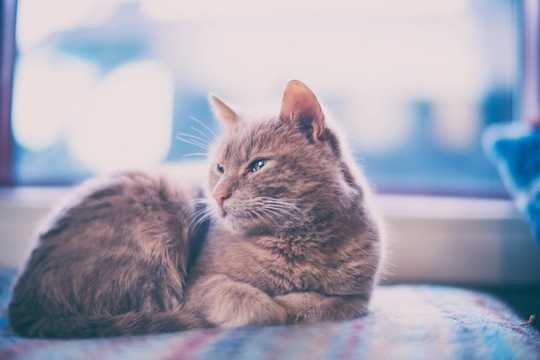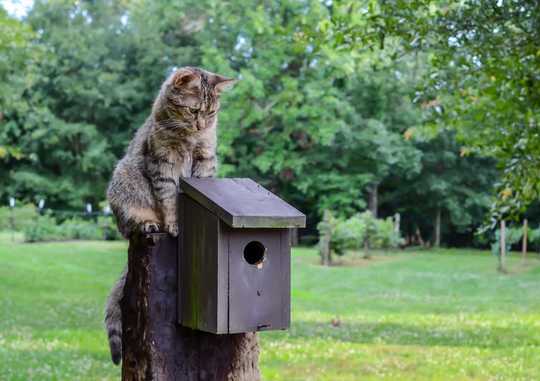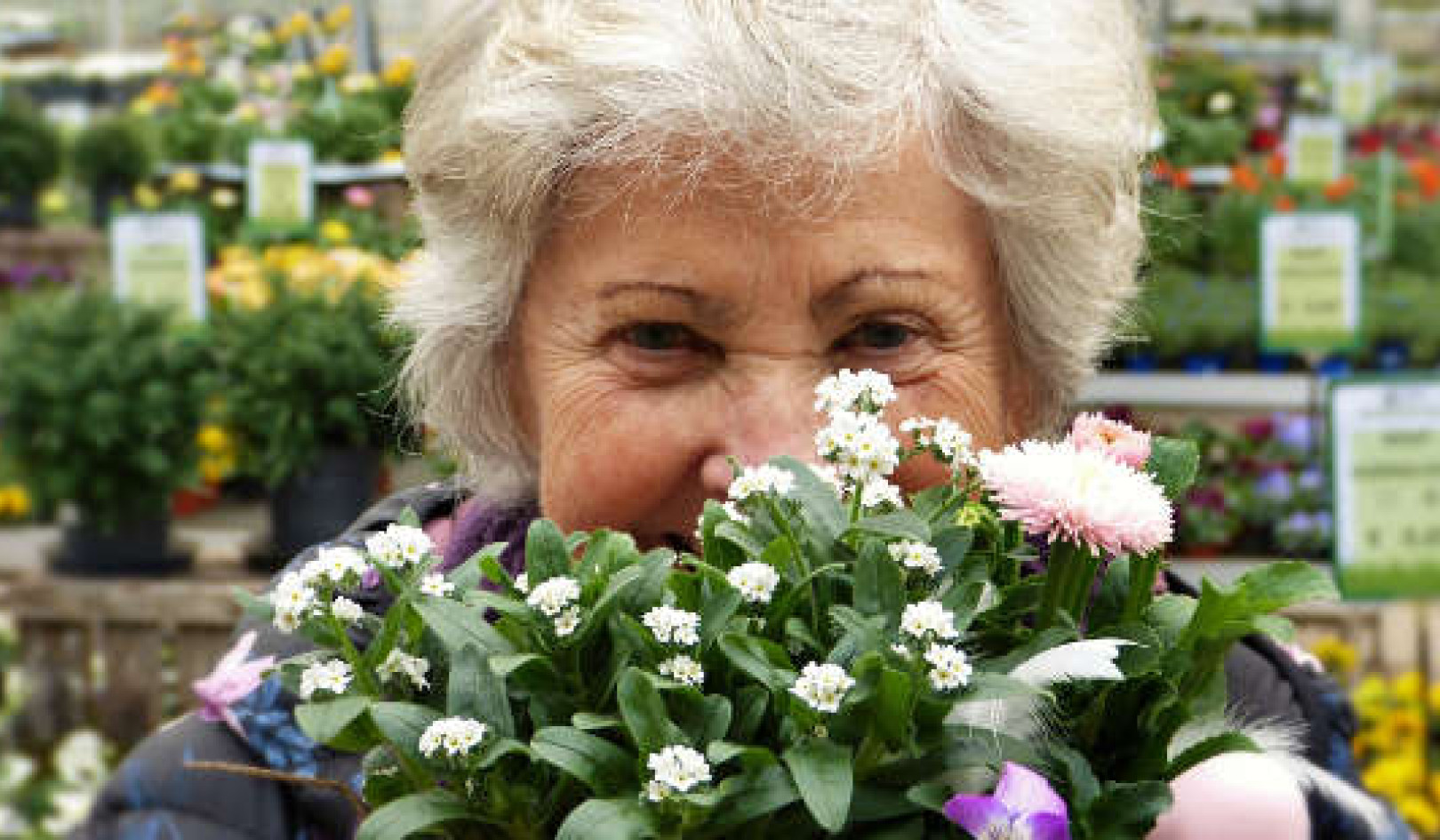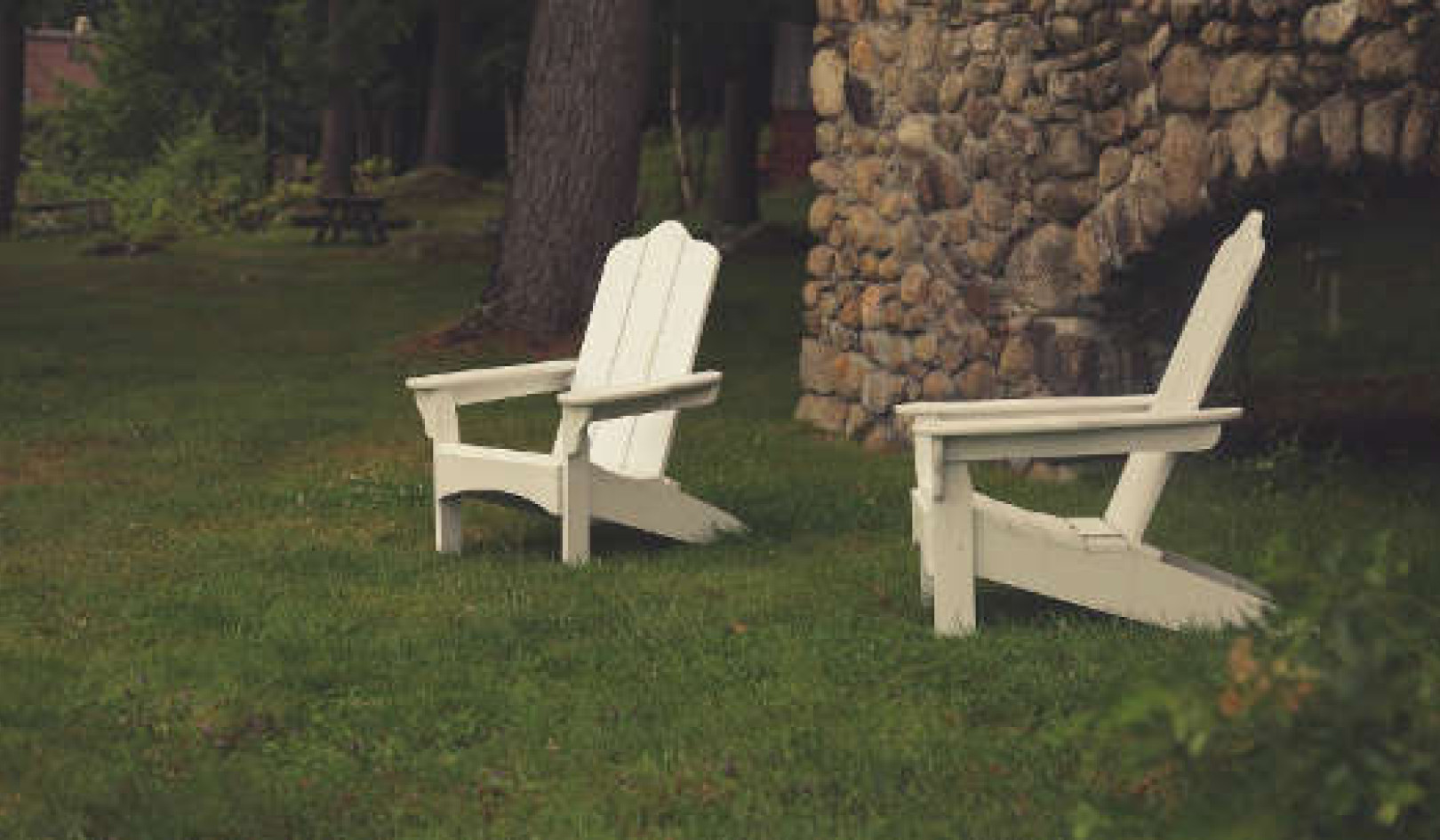
Jonatan Pie/Unsplash, CC BY-SA
By 2030, 60% of the world’s population will live in cities, while one in three will share their city with at least half a million other inhabitants. With more and more people living in dense urban settings, what does the future hold for pets?
High-rise living might not be ideal for most pets, as outdoor access can be difficult and there may be limited space indoors. For cats in particular, a trend towards indoor lifestyles might restrict how much they’re able to behave normally.
As the domesticated descendants of the African wild cat, cats are obligate carnivores – they need to have a meat-based diet. Naturally, this requires them to hunt. A study in the US found that pet cats could be killing up to four billion birds and up to 21 billion mammals every year.
So housebound cats may be good for wildlife, but how can people ensure their pets thrive indoors? Sadly, scientific research is pretty light on this question. Despite so many of us inviting them into our homes, we know relatively little about how cats handle living inside.

If allowed, cats will hunt outdoors. But their freedom comes at a cost to wildlife. HildeAnna/Shutterstock
Choosing the right cat
We know that some cats are more suited to being house cats than others, although we need to be careful not to generalise. All cats have individual needs, personalities and preferences. High energy and hyperactive cats, rescued strays with little indoor experience or those that aren’t very friendly towards people aren’t good choices for a life lived entirely indoors.
It’s often assumed that older cats may be a better choice because they’re more sedentary and cats with a previous history of living indoors may also adjust more easily to a new indoor home. Some cats have diseases, such as feline immunodeficiency virus, that keep them housebound. But this doesn’t mean these groups of cats will all have the right temperament to cope with indoor living.
House cats are prone to obesity and may spend large amounts of time inactive, both physically and mentally. Providing a safe outdoor space for cats could be beneficial for their wellbeing. Cat proofing gardens, for example, so they can’t escape, could ensure pets can benefit from the outdoors in a more controlled way. But if this isn’t possible, there’s still much that can be done to improve a cat’s life indoors.
Personal space
Because cats are only considered semi-social, indoor environments may present several situations that they would usually choose to avoid. This can be anything from too much attention and unexpected guests to toddlers and other animals that don’t understand the concept of mutual respect and personal space.
We know cats like boxes, but you can also give them high vantage points to climb to. To do this, you can use a “cat tree”, although an accessible shelf or the top of a wardrobe would work well too. Cats also need access to quiet rooms and spaces to hide under so they can remove themselves from situations they find stressful. Be mindful though – if your cat spends most of its time hiding, your house may be less cat-friendly than you think. Uncontrolled stress in a cat’s life can lead to illnesses such as idiopathic cystitis.
Predatory behaviour
But what about their need to hunt? Allowing this behaviour is vital, and that includes them being able to look for food as well as finding and eating it. Searching for food usually involves short bursts of activity and long periods of waiting in cats, while the feeding part is also complex, as the cat decides how and where is best to eat.
To recreate this, you can scatter food on the floor or hide it in puzzle feeders. You can even vary where you feed your cat and encourage it to explore and manipulate objects. Getting a cat to move more and eat regular, smaller amounts of food can help reduce the risk of obesity.
Play can also be used to mimic hunting without the need for food. It’s always best to keep bouts of play short, encouraging pouncing and chasing, and using toys which mimic the shape, texture and movement of live prey. You should always end on a positive note and while the cat is enjoying itself, so that future playtimes will be anticipated rather than endured.

Toys can help simulate the hunting experience for cats in the home. WaitForLight/Shutterstock
Brushing up
Like humans, cats like to maintain themselves. Sharp claws are a must for effective climbing and defence, so make sure to provide scratching posts, especially if you want to protect your furniture. In the wild, cats use trees and other objects, not just to maintain their claws but also to leave marks for other cats to follow.
Make sure your cat can comfortably go to the toilet. Use unscented litter that is changed regularly and put the toilet in a discreet place, away from their food and water. For cats, as for us, it’s not a public activity. If your cat is going to the toilet somewhere inappropriate, it may be that they’re unhappy with their toilet arrangements or they may need to be checked by a vet.
Cats are as complex and each individual has unique needs. Before you decide whether to have an indoor cat, make sure that it’s a decision the cat would be likely to make too.![]()
About the Authors
Mark Farnworth, Associate Professor of Animal Behaviour, Nottingham Trent University and Lauren Finka, Postdoctoral Research Associate, Nottingham Trent University
This article is republished from The Conversation under a Creative Commons license. Read the original article.
Books on Pets from Amazon's Best Sellers list
"The Beginner's Guide to Dog Agility"
by Laurie Leach
This book is a comprehensive guide to dog agility, including training techniques, equipment, and competition rules. The book includes step-by-step instructions for training and competing in agility, as well as advice for selecting the right dog and equipment.
Click for more info or to order
"Zak George's Dog Training Revolution: The Complete Guide to Raising the Perfect Pet with Love"
by Zak George and Dina Roth Port
In this book, Zak George offers a comprehensive guide to dog training, including positive reinforcement techniques and advice for addressing common behavior issues. The book also includes information on selecting the right dog and preparing for the arrival of a new pet.
Click for more info or to order
"The Genius of Dogs: How Dogs Are Smarter than You Think"
by Brian Hare and Vanessa Woods
In this book, authors Brian Hare and Vanessa Woods explore the cognitive abilities of dogs and their unique relationship with humans. The book includes information on the science behind dog intelligence, as well as tips for enhancing the bond between dogs and their owners.
Click for more info or to order
"The Happy Puppy Handbook: Your Definitive Guide to Puppy Care and Early Training"
by Pippa Mattinson
This book is a comprehensive guide to puppy care and early training, including advice for selecting the right puppy, training techniques, and health and nutrition information. The book also includes tips for socializing puppies and preparing for their arrival.
Click for more info or to order

























